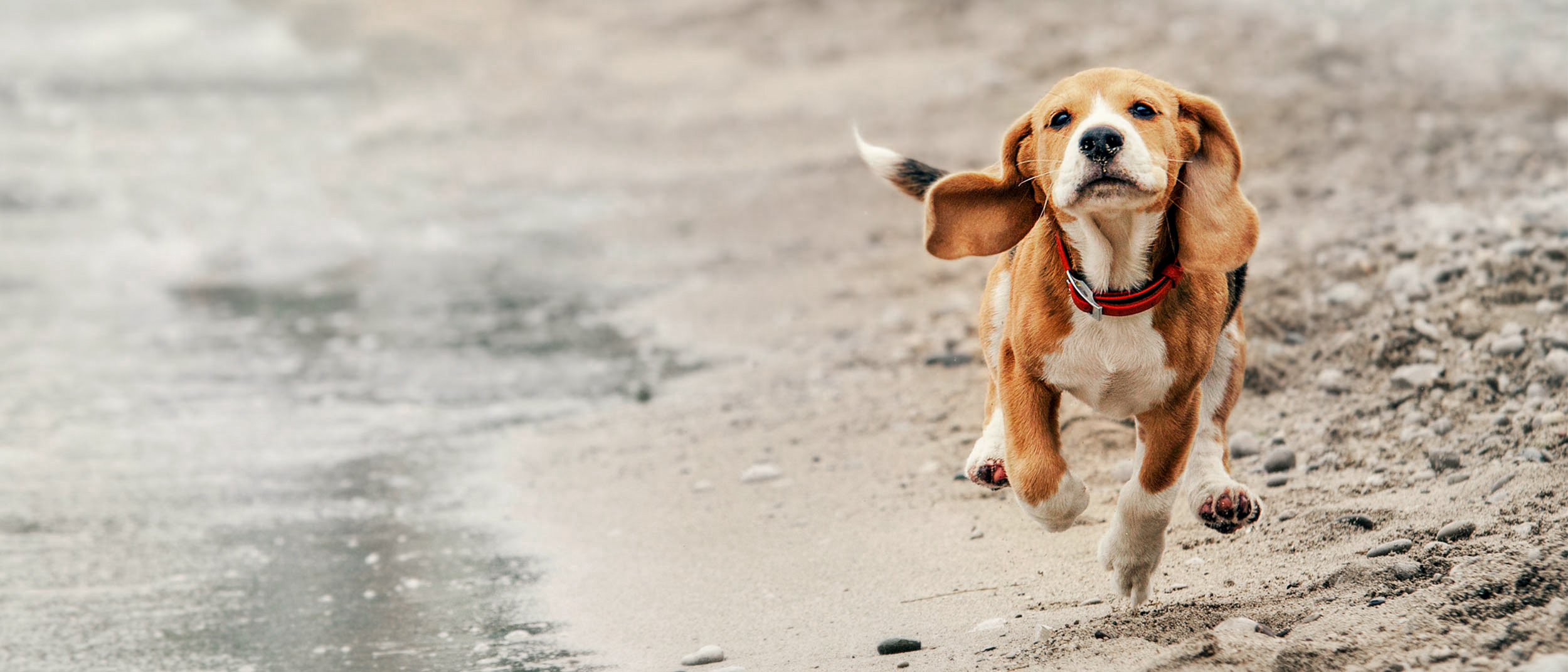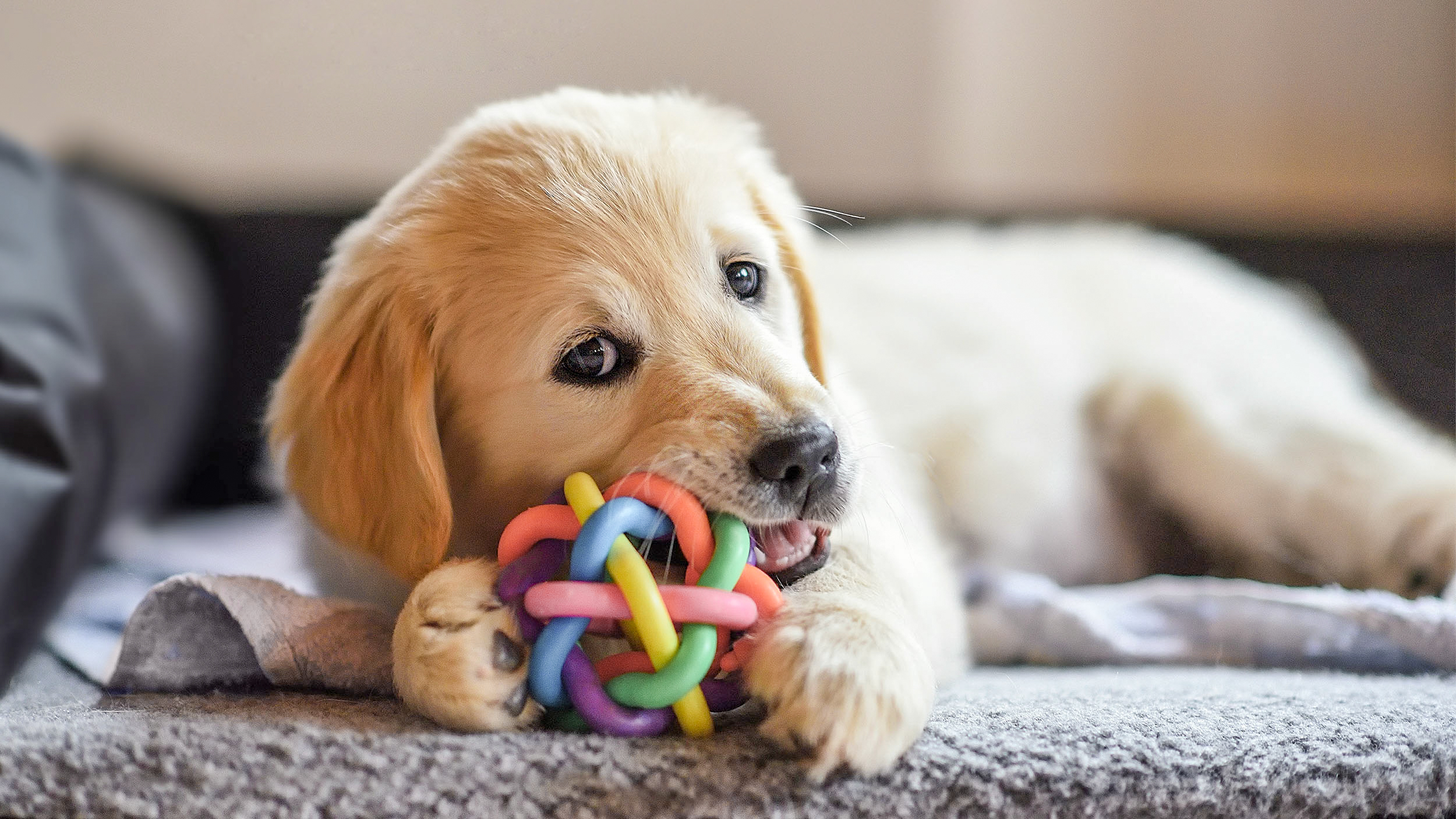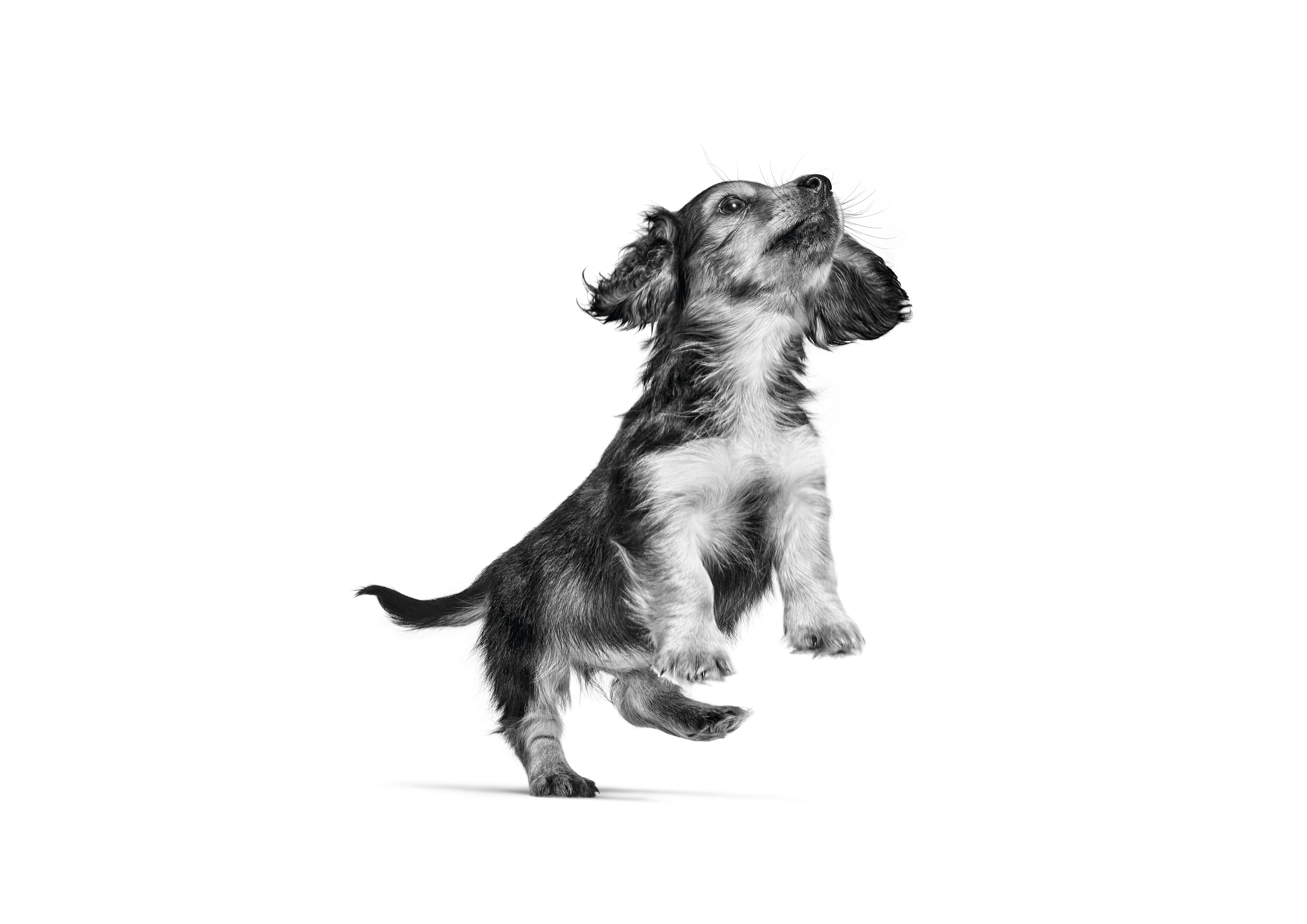Како да бринете о свом псу

Бројни су фактори који ће утицати на здравље и добробит вашег пса, посебно његова раса и старост. Зато је важно да се размотри све, од њихових нутриционистичких потреба до вежбања и неге, узимајући у обзир њихове посебне карактеристике. Међутим, постоји низ ствари које су свим псима потребне како бисте осигурали да су здрави и добро прилагођени чланови породице.
Вежбање
Сви пси захтевају активност, али обим и врста активности варира у зависности од старости, величине и расе.
- Обезбедите да има простора за активност: Шетње пса не смеју се сматрати само временом за брзо обављање нужде.
- Мало и често: Запамтите, пси средње величине па све до џиновских имају дужи период раста током којег се развијају кости и зглобови, стога не треба да ходају на велике раздаљине или да се баве одређеним спортовима док не одрасту, уместо тога одлучите се за мало активности, али често.
- Нађите времена за игру: Играње је природни део вежбања пса и помаже му у његовом психолошком развоју. Оно је добро за вашег пса на неколико различитих начина: за вас јер проводите време са њима, јачате однос, контролишете њихову тежину, одржавате њихову виталност и јачате њихов кардиоваскуларни и имуни систем.
Окружење
Штенци су веома отворени према свом окружењу, а негативна искуства имају трајни ефекат. Развој понашања штенета има неколико фаза, укључујући период социјализације, који почиње у узрасту од четири недеље и траје до 14 недеља.
Период страховања је у оквиру овог периода социјализације, тако да свака траума која се догоди током тог времена може имати трајне, негативне последице. Због тога је важно да од првог дана пажљиво обратите пажњу на искуства штенета у животном простору.
- Обезбедите им посебан кревет: Осигурајте да имају свој кревет у који могу да се повуку и где ће се осећати сигурно.
- Обезбедите стимулативно окружење: На пример, велика картонска кутија за скривање и гумене играчке за жвакање су најпопуларнији. Важно је да осигурате да све сесије играња буду под надзором.
- Постепено их упознајте са новим окружењем: Ако живите у граду, треба да их постепено упознајете са стварима са којима ће се морати суочити, као што су аутомобили, покретне степенице, лифтови, возови, трамваји или аутобуси.
- Дресирајте их да буду сами: Штене такође мора да научи да понекад остане само.
- Упознајте их са другим псима: Да бисте им помогли у социјализацији, штенце треба упознавати са другим псима, другим животињама и што чешће их укључивати у породичне излете.
- Изводите их напоље: Не чекајте са извођењем штенета напоље. Оно мора почети да истражује своју околину већ у узрасту од два месеца.

Храњење
Као и код вежбања, нутриционистичке потребе се мењају како ваше штене расте. На почетку, штенцима је потребно неколико малих оброка дневно, што се временом постепено смањује на један или два. Исто тако, величина и раса вашег пса утиче на његове прехрамбене потребе, јер неки пси имају другачију дигестивну толеранцију у односу на остале. Пси би увек требало да имају приступ води и важно је да их не храните прекомерно.
Ако нисте сигурни колико их треба хранити или како њихове фазе у одрастању утичу на то, питајте ветеринара за савет. Они ће моћи да вам пруже смернице у вези са оптималним растом и помогну вам да се избегне гојазност и оптерећење зглобова у развоју.
На крају, храна треба да даје енергију, али такође треба да гради и одржава ћелије тела и помаже у спречавању проблема са пробавом, кожом, зубима, зглобовима и старошћу. Храна богата хранљивим састојцима, која удовољава захтевима здраве исхране, садржи избалансирану количину хранљивих материја.
- Не мењајте храну нагло: Да бисте избегли узнемиравање система за варење штенета када први пут дође код вас кући, дајте му исту храну коју је добијало пре доласка код вас. Ако желите то да промените, учините то пажљиво током једнонедељног прелазног периода мешајући стару и нову храну у различитим односима.
- Набавите одговарајућу храну за његов узраст: Постоје посебне формуле за штенце на основу старости, које савршено одговарају њиховим потребама за раст. За оптималан раст, следите препоруке ветеринара.
- Успоставите рутину: Пси су животиње из чопора и потребни су им прецизни хијерархијски оријентири. Храните штене сваког дана на истом месту и у исто време, тек након што ви и ваша породица једете, тако да схвати да имате доминантан положај у домаћинству. Након јела, ако је могуће, избегавајте да штене скаче један или два сата.
- Посластице треба да буду изузетак, а не правило: Посластице треба да буду изузетак, како би се вашем псу помогло да одржи идеалну тежину. Шећер и чоколада су забрањени јер чоколада може да буде отровна за псе. Нискокалоричне грануле могу да се користе као помоћно средство за дресуру.
Нега длаке и здравље
Редовна нега длаке је навика коју треба створити. Оно ће подржати здравље коже и длаке штенета и побољшати везу између вас. Такође осигурава да у раној фази лакше можете да откријете било какве абнормалности као што су спољни паразити, поремећаји коже или подручја нелагодности. Већина паса ужива како их неко негује ако се на то навикну у раном узрасту, али никад није касно да почнете са тим!
- Започните негу зуба у раном узрасту: На овај начин штене ће се навићи на прање зуба помоћу четкице и пасте за зубе посебно дизајниране за псе. Покушајте да штенету перете зубе неколико пута недељно.
- Закажите вакцинацију: Вакцинација помаже у спречавању заразних и понекад фаталних болести. Неке су обавезне, док се друге само препоручују. Штенци обично започињу програм вакцинације у узрасту између шест и осам недеља.
- Питајте ветеринара о чишћењу од паразита: Штенци често имају црве, а чишћење од паразита треба вршити сваког месеца до шесте године живота, затим на сваких шест месеци. Ветеринар ће моћи да вам препоручи најбољи распоред за штенце, па је важно да следите тај план.
- Питајте ветеринара о заштити од бува: Не заборавите да заштитите штене од бува и крпеља. Да бисте то правилно урадили, морате да третирате и пса и окружење. Питајте ветеринара за савет.
- Размислите о стерилизацији или кастрацији вашег љубимца: Одлука о стерилизацији или кастрацији је важна и мора се пажљиво размотрити. Важно је одмерити све потенцијалне користи од стерилизације или кастрације у односу на могућност да у будућности добијете легло од вашег пса.
Дресура
Са добрим понашањем и послушношћу треба кренути од раног узраста. Програм дресуре мора да започне што раније, у узрасту када штене природно има одличан капацитет да учи.
Ради комфора вас и других људи, пас мора да разуме нека основна животна правила. Не оклевајте да затражите професионалну помоћ око дресуре вашег пса. Постоји много клубова за псе или школа за штенад који вам могу помоћи у вашој мисији.
- Дресура за боравак у кући: Када стигне у вашу кућу, штене највероватније неће бити научено за кућу. Дресура захтева време и стрпљење, али никада не кажњавајте и не прекоревајте штене које је обавило нужду. Уместо тога, пронађите начине да спречите штене да било када има потребу да обави нужду у кући.
- Почните са дозивањем од раног узраста: Од самог почетка изговарајте његово име полако и јасно како бисте му привукли пажњу и употребите његово име при свакој наредби. Изаберите тренутке када је на опрезу да би вас лакше упознало и позовите га да вам приђе да бисте га научили да буде послушно.
- Постепено га навикавајте на аутомобил: Навикните штене од раног узраста да путује аутомобилом, како га то не би узнемиравало. Обавите неколико краћих вожњи пре било каквих дужих путовања.
Много информација можете чути када први пут добијете штене, укључујући и све почетне ствари потребне да се осигура његово физичко и емоционално здравље, али ако започнете на одговарајући начин, олакшаћете себи и свом псу у будућности, а ако икада будете имали недоумица, ветеринар може да вам понуди савет и подршку.
Related Articles

Лајкуј и подели страницу